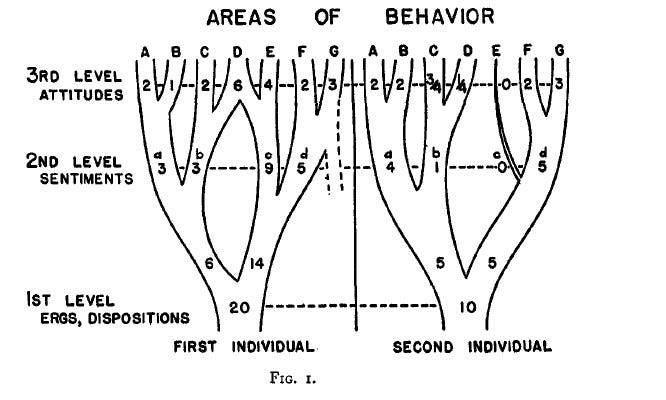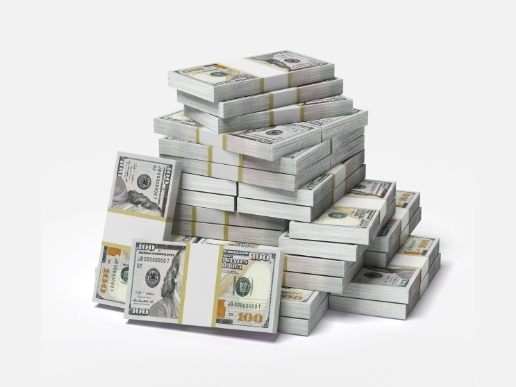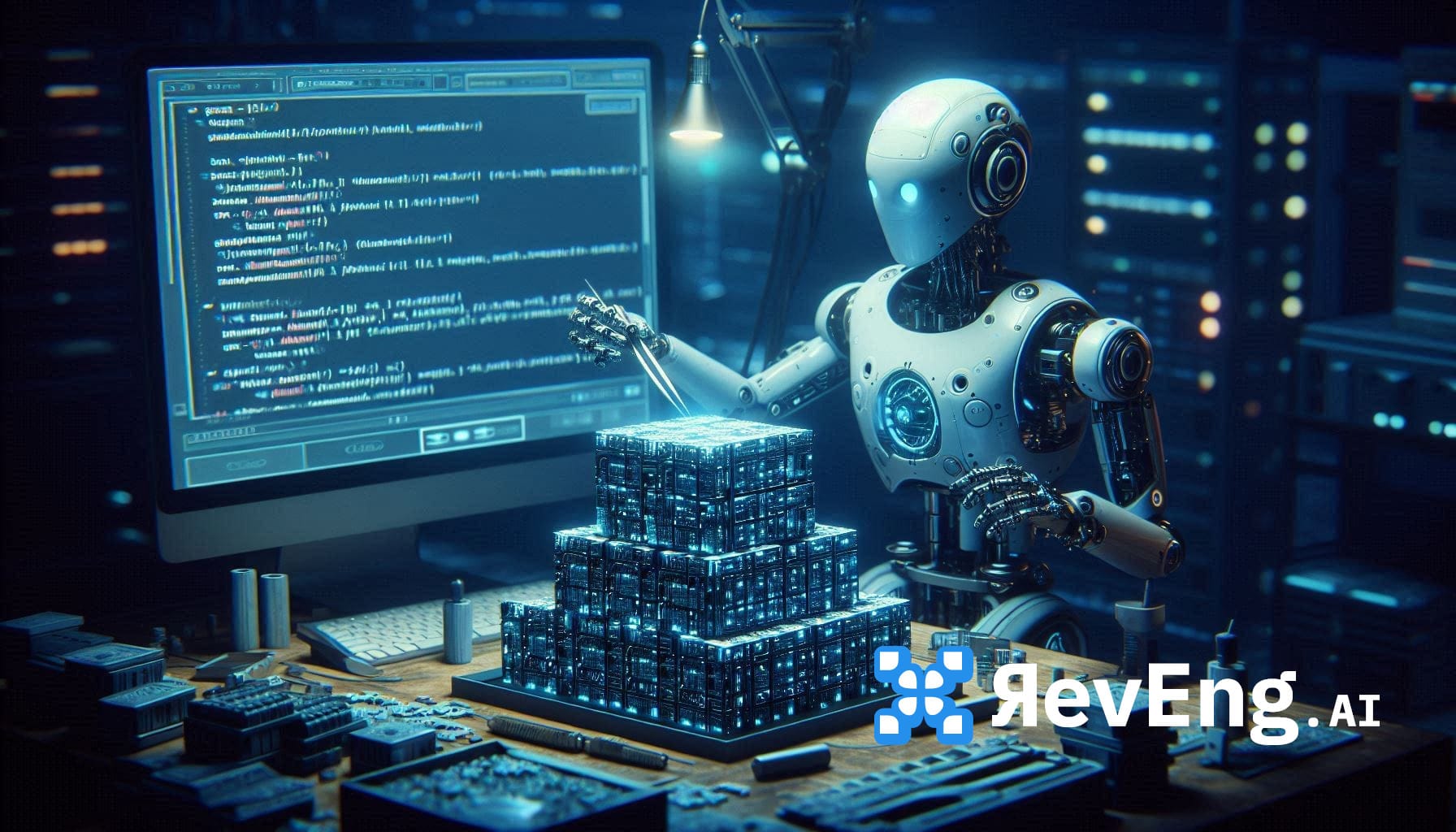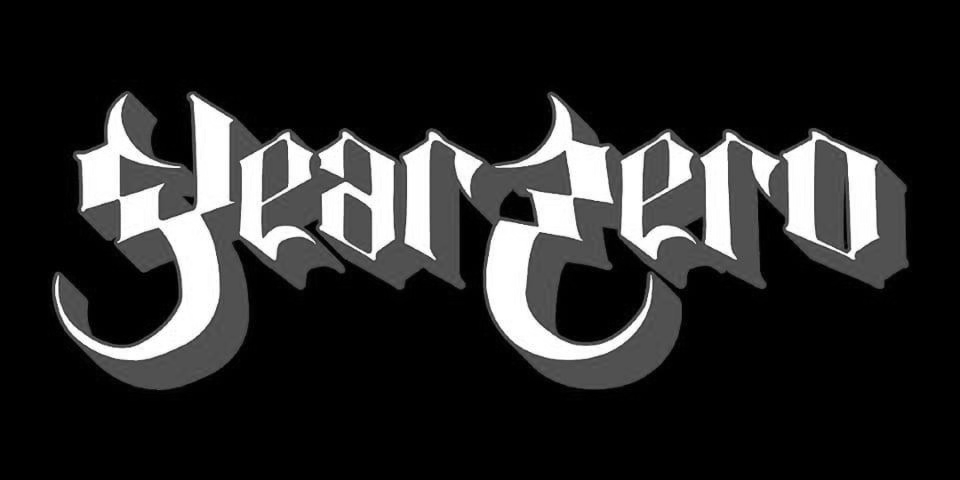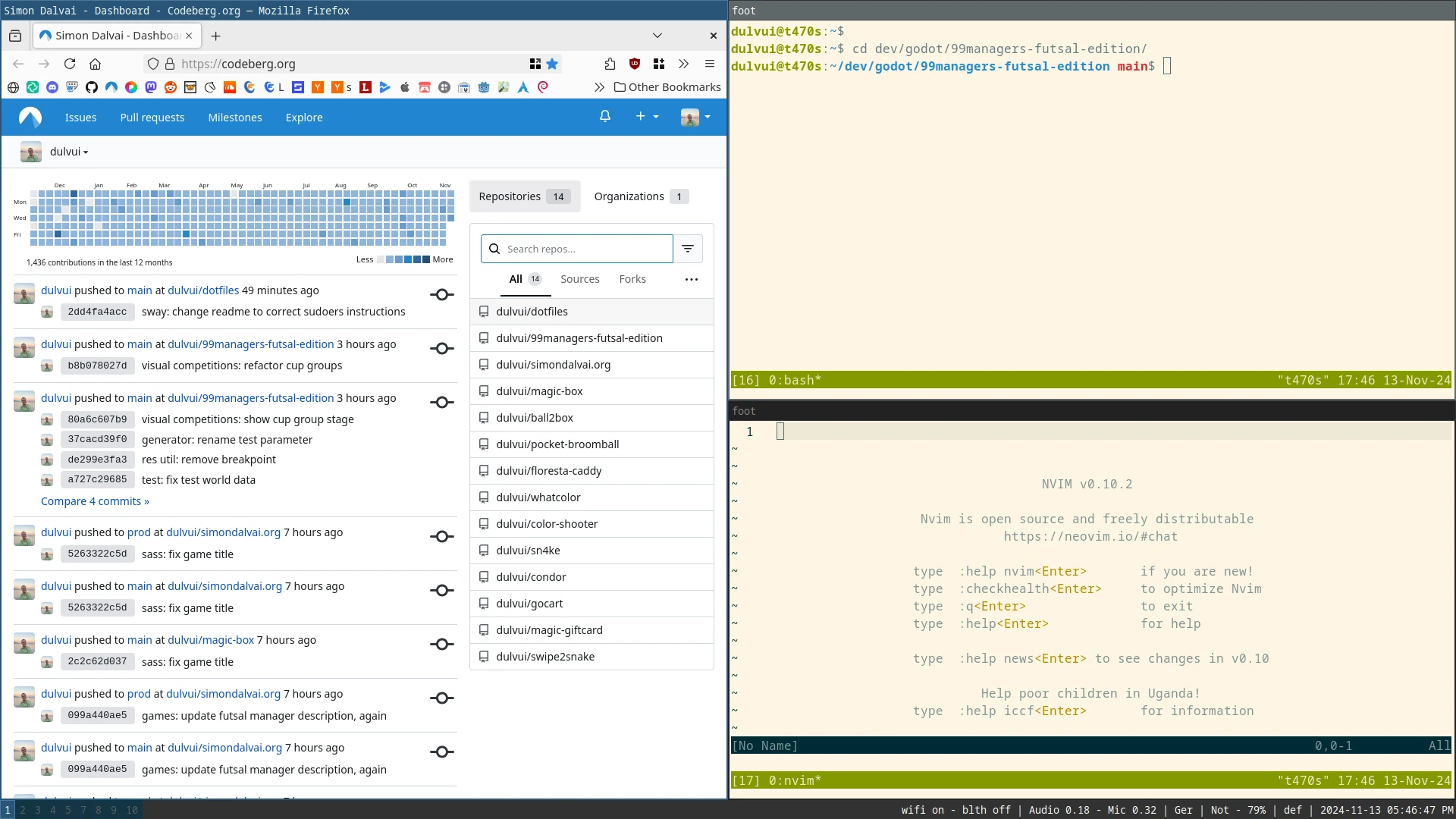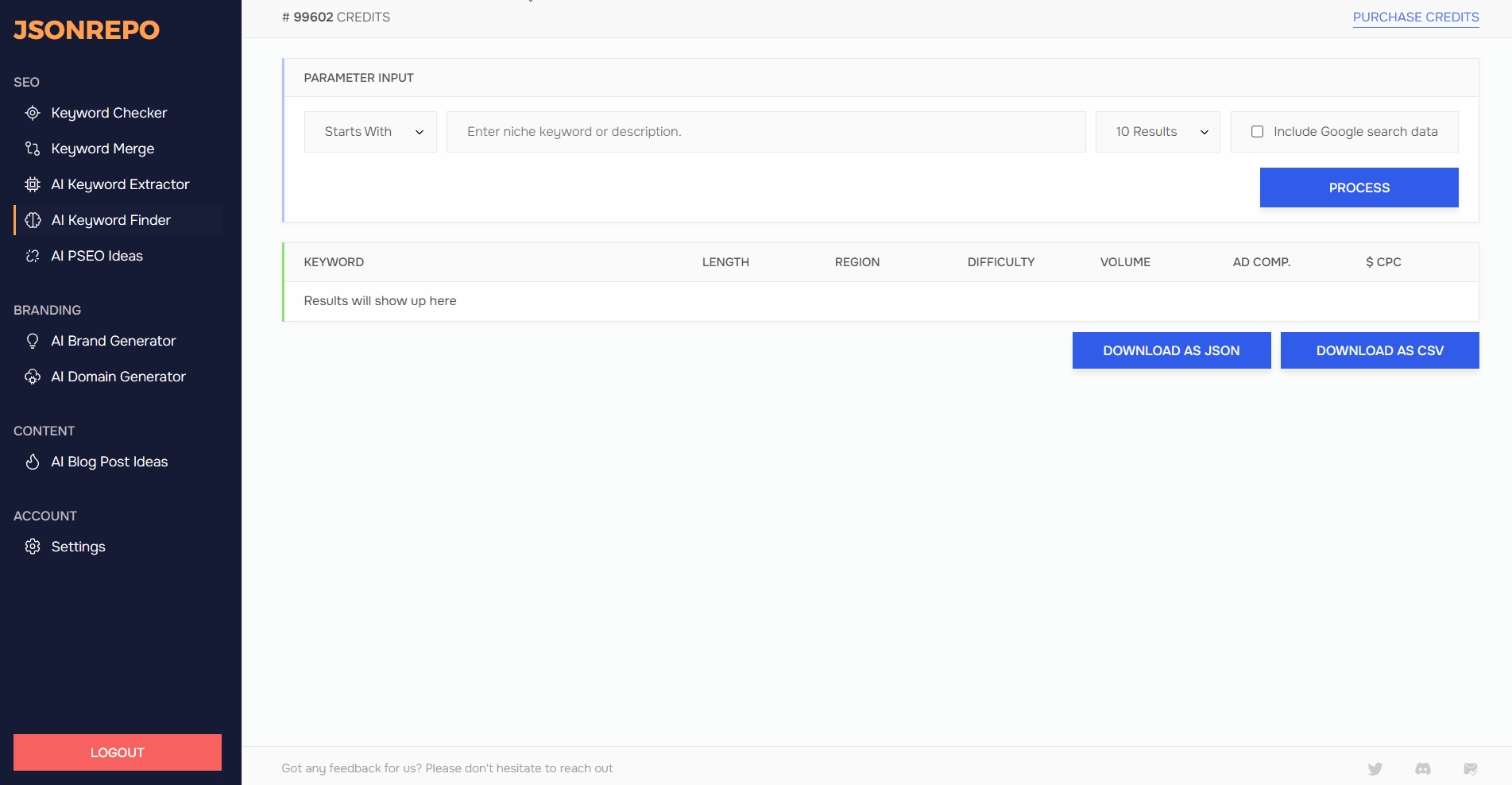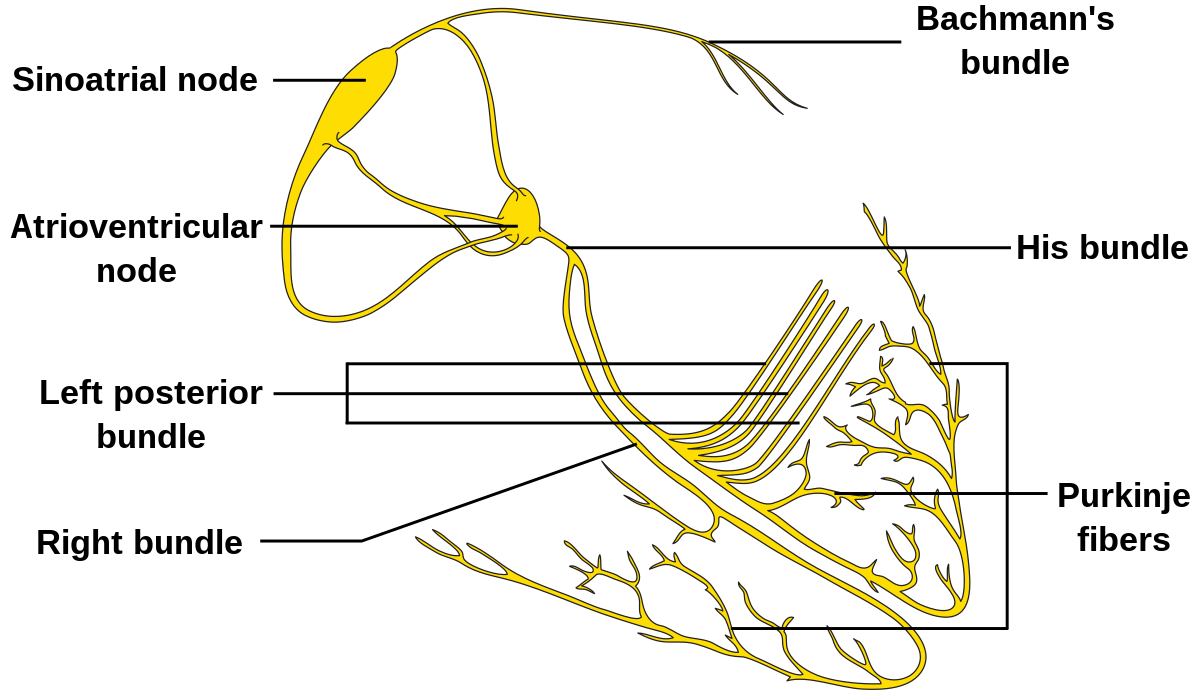
Cardiac pacemaker - Wikipedia
The cardiac pacemaker is the heart's natural rhythm generator. It employs pacemaker cells that produce electrical impulses, known as cardiac action potentials, which control the rate of contraction of the cardiac muscle, that is, the heart rate. In most humans, these cells are concentrated in the sinoatrial (SA) node, the primary pacemaker, which regulates the heart’s sinus rhythm.
Sometimes a secondary pacemaker sets the pace, if the SA node is damaged or if the electrical conduction system of the heart has problems. Cardiac arrhythmias can cause heart block, in which the contractions lose their rhythm. In humans, and sometimes in other animals, a mechanical device called an artificial pacemaker (or simply "pacemaker") may be used after damage to the body's intrinsic conduction system to produce these impulses synthetically.
The sinoatrial node (SA node) is the primary pacemaker of the heart. It is a region of cardiac muscle on the wall of the upper right atrium near to the superior vena cava entrance. The cells that make up the SA node are specialized cardiomyocytes known as pacemaker cells that can spontaneously generate cardiac action potentials. These signals are propagated through the heart's electrical conduction system.[ 1] [ 2] Only one percent of the heart muscle cells are conductive, the rest of the cardiomyocytes are contractile.


